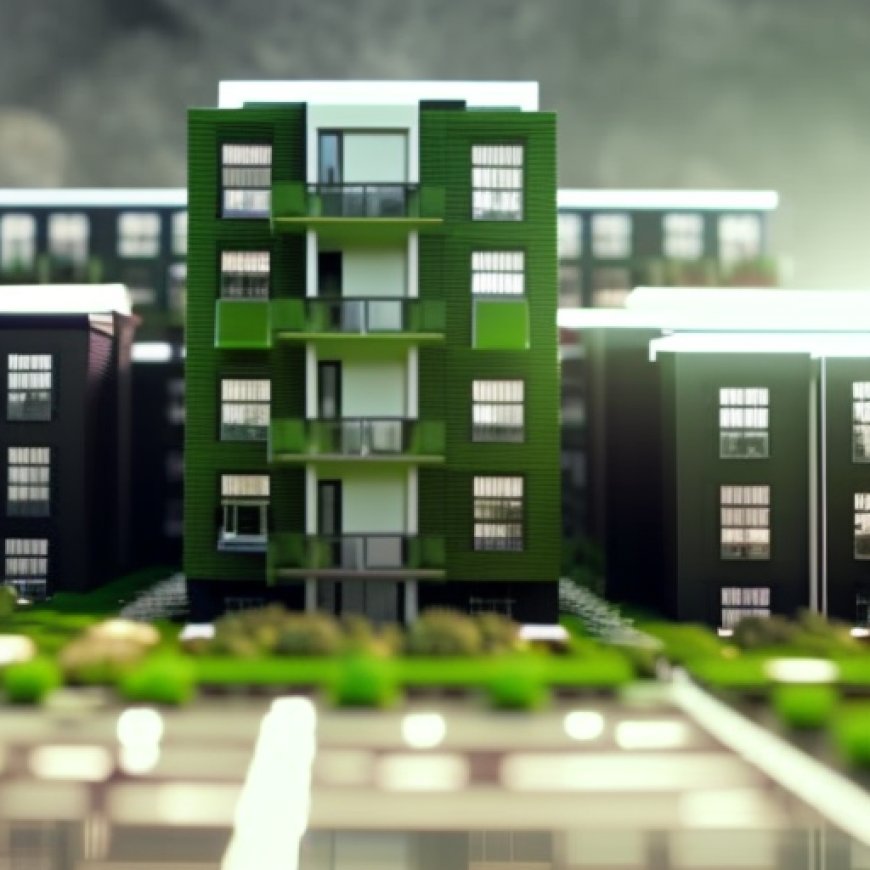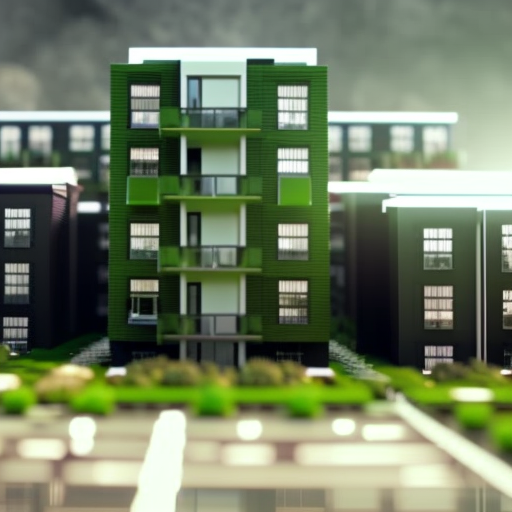Housing Plan falls short on green building standards for new homes
Funding for energy efficiency retrofits is a good sign, but federal Housing Plan falls short on green building standards ... Stand.earth


Toronto, ON – Federal Government Allocates $900 Million for Energy Efficiency Retrofits
The federal government today released a pre-budget Housing Plan, which includes $900 million in funding to make homes cheaper to heat and easier on the climate. Some of the investment is allocated for energy efficiency retrofits like the installation of heat pumps and home energy labeling.
“We are relieved to see that the popular Greener Homes Grant and Loan programs have been given a new life with the announcement of the Canada Greener Homes Affordability Program geared towards residents with low to median incomes,” said Lana Goldberg, SAFE Cities Climate Campaigner for Stand.earth. “We hope the individual rebates will be larger and more accessible than they were to make it easier for residents to install electric heat pumps and bring down their monthly energy bills while helping to decrease pollution.”
The two programs have been wildly popular, but were running out of funding and set to end. Heat pumps are 300% more efficient than gas furnaces and operate on electricity, leading to reduced monthly energy bills, indoor air pollution, and carbon emissions.
“While we applaud the federal government for continuing to fund energy retrofits and, more broadly, for committing substantial funds to help build much-needed affordable housing, we are disappointed that today’s announcement didn’t require these new homes to meet modern green building standards,” Goldberg said. “Equipping all new homes and buildings with clean and affordable electric heat pumps is one of the easiest and lowest-cost ways to meet our national climate commitments and invest in a safe future for our children, while ensuring that our homes are healthy and affordable to maintain. The omission of low-carbon building requirements from today’s announcement is a missed opportunity to affordably cut pollution from the buildings sector, one of Canada’s top sources of greenhouse gas emissions.”
In addition to providing low-cost heating, heat pumps also double as cooling devices in the summer and offer air filtration.
“As more Canadians are forced to live through summers with record-breaking heat and toxic wildfire smoke, it is becoming even more important for buildings to be outfitted with electric heat pumps which also provide cooling to keep homes at a safe temperature during hot summer months, and which filter smoke particulates out of the air,” Goldberg said. “Heat pumps are also affordable to install and lower monthly energy bills in most cases.”
Since heat pumps run on electricity, they can be connected to the electrical system that is inevitably included in a new home. This is in contrast to oil or gas furnaces, which require pipeline and hookup infrastructure. As a result, fitting new homes with electric heating, rather than oil or gas furnaces, often makes new construction faster and cheaper.
“Instead of giving developers carte blanche to build however they want, federal dollars should be spent on building right the first time,” Goldberg said. “We don’t allow homebuilders to insulate with asbestos or build high-rises without fire escapes, and we shouldn’t allow them to connect polluting gas and oil into new buildings either.”
SAFE Cities is a growing movement of neighbors, local groups, and government leaders working at the local level to phase out fossil fuels and fast-track clean energy solutions to ensure a just transition. The SAFE Cities initiative is housed within Stand.earth, a Vancouver-based global advocacy organization with a team of strategists, researchers, communicators, policy and issue experts working to interrupt the systems that create environmental and climate crises.
Media contacts:
- Lana Goldberg, SAFE Cities Climate Campaigner, lana.goldberg@stand.earth (Eastern Time)
- Cari Barcas, Stand.earth Communications Director, cari.barcas@stand.earth (Eastern Time)
SDGs, Targets, and Indicators
-
SDG 7: Affordable and Clean Energy
- Target 7.3: By 2030, double the global rate of improvement in energy efficiency
- Indicator: Energy efficiency retrofits, installation of heat pumps
-
SDG 11: Sustainable Cities and Communities
- Target 11.2: By 2030, provide access to safe, affordable, accessible, and sustainable transport systems for all
- Indicator: Installation of heat pumps for low-cost heating and cooling
-
SDG 13: Climate Action
- Target 13.2: Integrate climate change measures into national policies, strategies, and planning
- Indicator: Decrease in carbon emissions through the use of heat pumps
Table: SDGs, Targets, and Indicators
| SDGs | Targets | Indicators |
|---|---|---|
| SDG 7: Affordable and Clean Energy | Target 7.3: By 2030, double the global rate of improvement in energy efficiency | Energy efficiency retrofits, installation of heat pumps |
| SDG 11: Sustainable Cities and Communities | Target 11.2: By 2030, provide access to safe, affordable, accessible, and sustainable transport systems for all | Installation of heat pumps for low-cost heating and cooling |
| SDG 13: Climate Action | Target 13.2: Integrate climate change measures into national policies, strategies, and planning | Decrease in carbon emissions through the use of heat pumps |
Analysis
The article addresses or connects to the following SDGs:
- SDG 7: Affordable and Clean Energy – The article discusses the federal government’s funding for energy efficiency retrofits, including the installation of heat pumps, to make homes cheaper to heat and easier on the climate.
- SDG 11: Sustainable Cities and Communities – The article mentions the installation of heat pumps for low-cost heating and cooling, which contributes to creating sustainable cities and communities.
- SDG 13: Climate Action – The article highlights the use of heat pumps as a way to decrease carbon emissions and combat climate change.
Based on the article’s content, the following specific targets can be identified:
- Target 7.3: By 2030, double the global rate of improvement in energy efficiency – The funding for energy efficiency retrofits and installation of heat pumps aligns with this target.
- Target 11.2: By 2030, provide access to safe, affordable, accessible, and sustainable transport systems for all – The installation of heat pumps for low-cost heating and cooling contributes to creating sustainable and accessible housing.
- Target 13.2: Integrate climate change measures into national policies, strategies, and planning – The use of heat pumps to decrease carbon emissions aligns with this target.
The article mentions or implies the following indicators that can be used to measure progress towards the identified targets:
- Energy efficiency retrofits and installation of heat pumps – This indicator measures the adoption of energy-efficient technologies and practices in homes.
- Decrease in carbon emissions through the use of heat pumps – This indicator measures the reduction in greenhouse gas emissions resulting from the adoption of heat pumps.
Behold! This splendid article springs forth from the wellspring of knowledge, shaped by a wondrous proprietary AI technology that delved into a vast ocean of data, illuminating the path towards the Sustainable Development Goals. Remember that all rights are reserved by SDG Investors LLC, empowering us to champion progress together.
Source: stand.earth

Join us, as fellow seekers of change, on a transformative journey at https://sdgtalks.ai/welcome, where you can become a member and actively contribute to shaping a brighter future.







